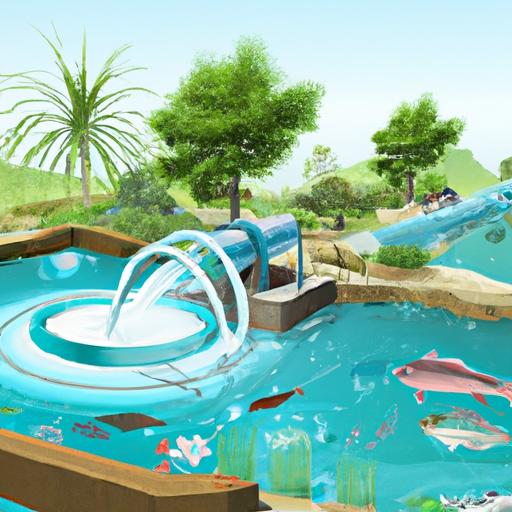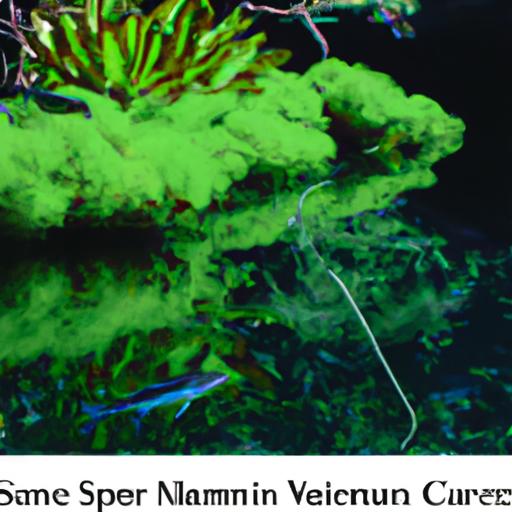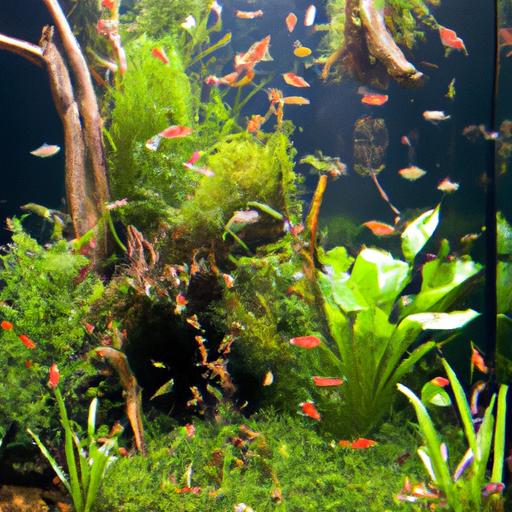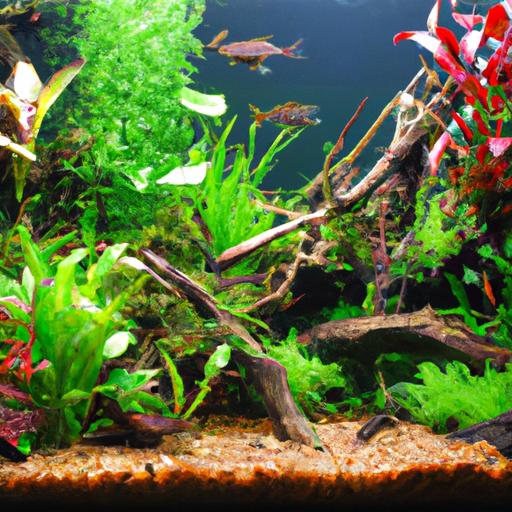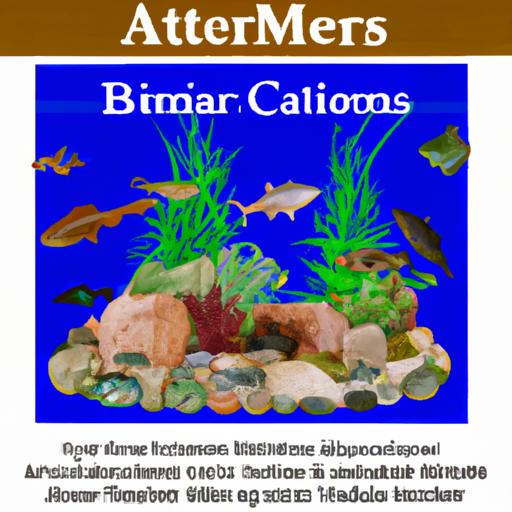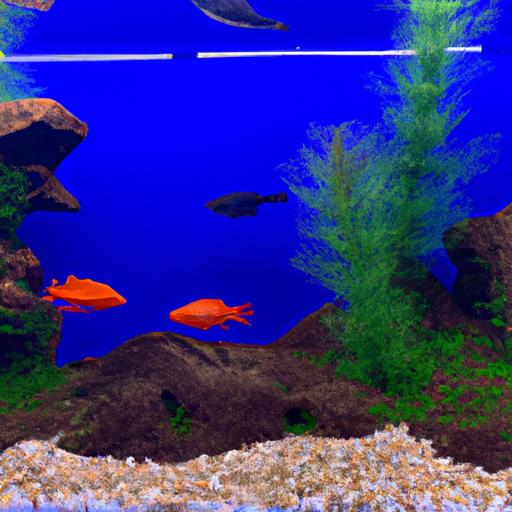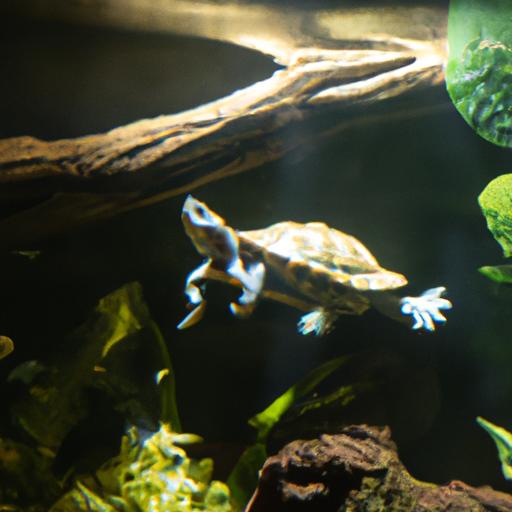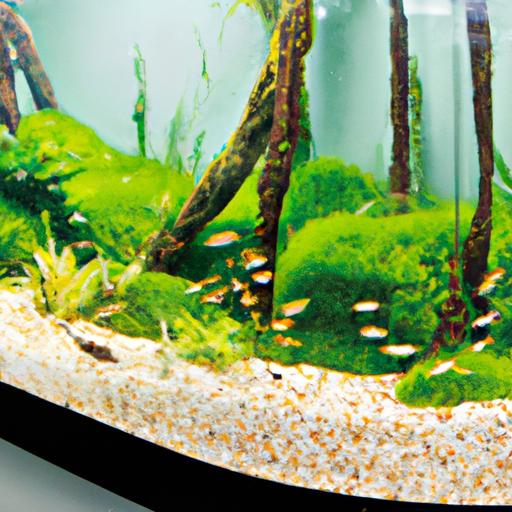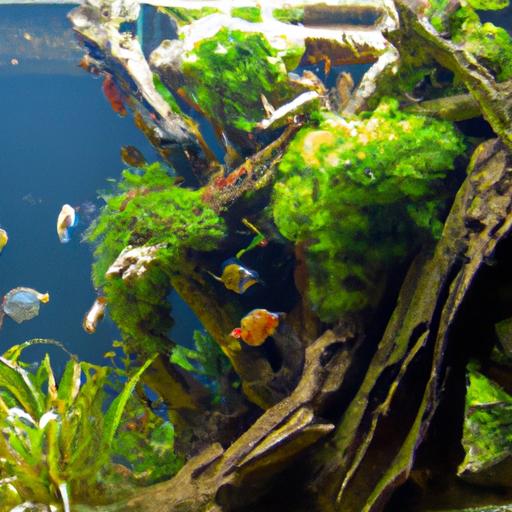
Tips for Designing a Community Tank
Discover essential tips for designing a community tank that promotes harmony among fish species. Create a stunning and thriving aquarium with our expert advice.
Introduction
Designing a community tank is an art that requires careful consideration and planning. Creating a harmonious environment where different fish species can coexist peacefully is a rewarding experience for any aquarium enthusiast. In this article, we will explore some valuable tips that will help you design a community tank that not only looks visually appealing but also ensures the well-being of your aquatic pets.
Tips for Designing a Community Tank
Selecting the Right Tank Size and Shape
The first step in designing a community tank is to select an appropriate tank size and shape. Consider the space you have available and the number of fish you wish to keep. A larger tank provides more swimming space and reduces the likelihood of territorial disputes among fish. The shape of the tank is also important, as certain species prefer wider tanks, while others thrive in taller tanks. Find a balance that suits the needs of your chosen fish species.
Choosing the Appropriate Fish Species
When designing a community tank, it is crucial to choose fish species that are compatible with each other. Research the characteristics, behavior, and requirements of different species before making your selection. Avoid combining aggressive or territorial species with peaceful ones, as this can lead to conflicts and stress. Look for species that share similar water temperature, pH levels, and dietary preferences to ensure a harmonious coexistence.
Creating a Suitable Habitat
To design a successful community tank, recreate a natural habitat that mimics the conditions preferred by your chosen fish species. Add appropriate substrate, rocks, driftwood, and plants to provide hiding spots, territories, and a sense of security. Live plants not only enhance the aesthetics of the tank but also contribute to water quality by absorbing nitrates and providing shelter for fish. Consider the specific needs of each species when designing the habitat to create a comfortable and enriching environment.
Maintaining Water Quality and Temperature
Proper maintenance of water quality and temperature is essential for the health and well-being of your community tank. Regular water testing and monitoring are necessary to ensure the parameters are within the acceptable range for your fish species. Maintain an appropriate filtration system to remove toxins and maintain water clarity. Additionally, invest in a reliable heater and thermometer to maintain a stable water temperature. Adequate water circulation and regular water changes are also important to prevent the buildup of harmful substances.
FAQ (Frequently Asked Questions)
What is a community tank?
A community tank refers to an aquarium that houses multiple species of fish that can coexist peacefully. The key aspect of a community tank is selecting fish species that are compatible with each other.
Can different fish species coexist in a community tank?
Yes, different fish species can coexist in a community tank if they are carefully selected based on their compatibility. It is important to consider factors such as temperament, size, and water requirements when choosing species for a community tank.
How many fish can I keep in a community tank?
The number of fish you can keep in a community tank depends on the tank size, filtration capacity, and the specific needs of the fish species you choose. It is crucial to avoid overcrowding as it can lead to stress, aggression, and poor water quality. Research the adult size and social behavior of each species to determine appropriate stocking levels.
What are some common mistakes to avoid when designing a community tank?
Some common mistakes to avoid when designing a community tank include overcrowding, mixing incompatible fish species, neglecting water quality maintenance, and failing to provide adequate hiding spots and territories for the fish. It is important to research and plan ahead to prevent these mistakes and ensure a successful community tank.
Conclusion
Designing a community tank requires careful thought and consideration to create a harmonious environment for multiple fish species. By following the tips outlined in this article, such as selecting the right tank size and shape, choosing compatible fish species, creating a suitable habitat, and maintaining water quality and temperature, you can design a community tank that is not only visually stunning but also provides a healthy and thriving environment for your aquatic pets. Remember, continuous monitoring and adjustments are essential to ensure the long-term success of your community tank. So dive in, apply these tips, and enjoy the beauty and serenity of your well-designed community tank.
Read more about designing beautiful freshwater planted discus nano community tanks
Explore the art of designing stunning planted angelfish tanks
Discover the secrets of designing a beautiful planted discus tank
